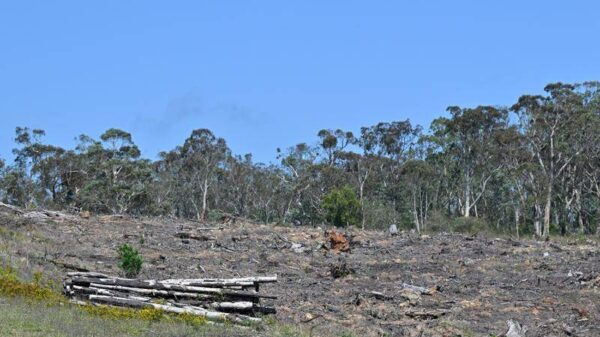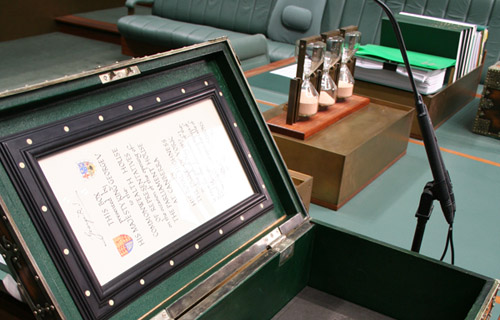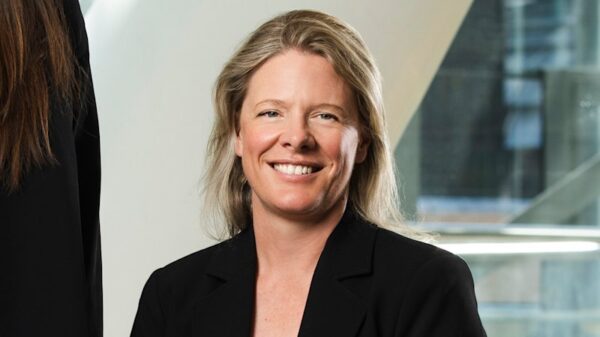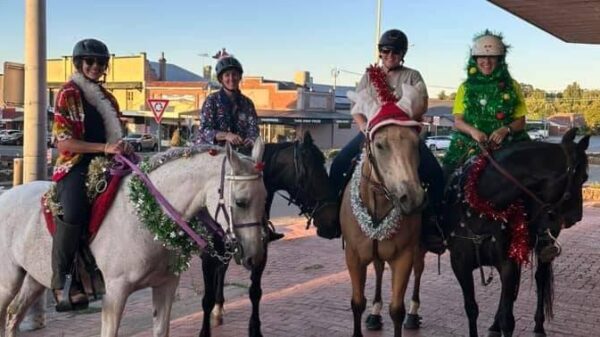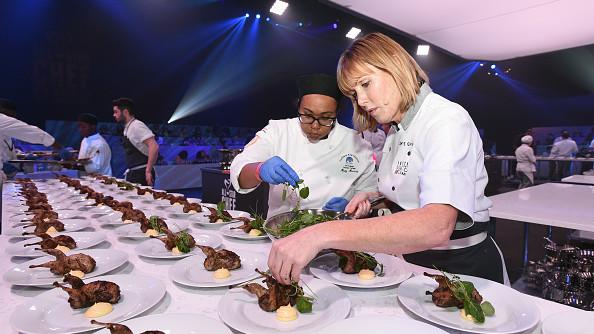URGENT UPDATE: The Australian government has just announced an $8 million grant program aimed at dramatically increasing the production of Asparagopsis, a red seaweed known for its remarkable ability to reduce methane emissions when fed to livestock. This initiative, delivered by the Department of Agriculture, Fisheries and Forestry (DAFF) in collaboration with the Australian Sustainable Seaweed Alliance (ASSA) and the Fisheries Research and Development Corporation (FRDC), is critical in addressing Australia’s greenhouse gas emissions.
With enteric emissions contributing to 71 percent of the nation’s agricultural emissions and a staggering 13 percent of total emissions, the widespread availability of Asparagopsis as a feed supplement is a significant step towards a more sustainable agricultural sector. The announcement comes at a time when both national and global efforts are focused on reducing methane output.
Professor Catriona Macleod, Chair of ASSA, emphasized the importance of this funding, stating, “ASSA deeply appreciates the R&D support received from DAFF and FRDC, whose investment has made it possible to complete 15 key projects within the past two years.” These projects are designed to support scalable seaweed cultivation, with a specific focus on Asparagopsis.
One of the standout achievements is the development of a comprehensive hatchery manual that serves as a crucial resource not just for Asparagopsis, but for general seaweed cultivation. This manual is pivotal for farmers looking to adopt seaweed farming techniques, offering transferable skills that can be adapted to various contexts.
Furthermore, the funding has led to the creation of Seaweed Central, an innovative online portal that provides essential resources for current and prospective seaweed farmers. This platform includes a valuable Permit Portal that simplifies access to licensing and regulatory information, making it easier for farmers and investors to navigate the sector.
“Seaweed Central has gained global attention,” Macleod noted, expressing hope that it will inspire the next generation of seaweed farmers. The portal also features educational materials aimed at promoting understanding of seaweed’s role in agriculture and environmental sustainability.
In addition to focusing on Asparagopsis, the ASSA projects have explored the broader environmental benefits of seaweed, including its potential for blue carbon storage and bioremediation. “We are eager to present additional findings in early 2026,” Macleod added, highlighting plans to showcase the advantages of biostimulants derived from seaweed and enhance collaboration between seaweed growers and land-based farmers.
With the global push towards sustainable farming practices, the implications of this initiative extend beyond Australian borders. The successful scaling of Asparagopsis production could create a model for other nations grappling with methane emissions and agricultural sustainability.
Stay tuned for more updates as this story develops, and visit the ASSA website for final reports and further insights into the exciting world of seaweed cultivation.


